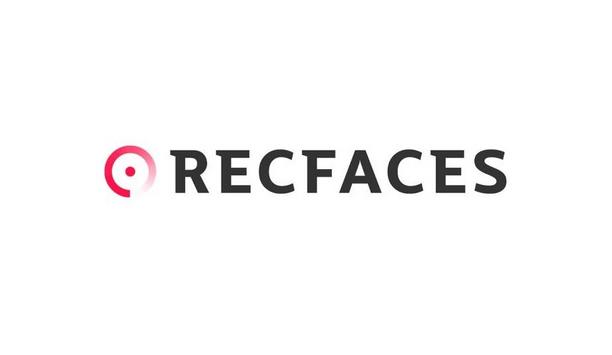There are many challenges currently facing the security marketplace, and I asked several industry players recently to reflect on those challenges. Their comments highlight familiar subjects to us all: The need for education. The challenge to meet customer expectations. The dilemma of combining old technologies with new ones.
Security education and training
Education is a big issue, especially as it relates to the transition to IP systems.
“I think there are a number of integrators who are raising themselves up by more education, more certification and training, looking at the world more from an IT perspective than a security perspective, and understanding that the two worlds have to come together,” says Dan Rothrock, Senior Vice President, Global Strategic Alliances, Vingtor-Stentofon.
“If people are trained, educated and certified on the products they are working with, things are better,” Rothrock notes. “Installations are cleaner. For a lot of products on the market today, if they are installed and commissioned correctly, you can go a long, long time without any problems.”
A challenge for customers is to compare products in the market, says Rothrock. What’s needed is a legitimate scorecard to enable products to be compared fairly based on specific criteria, he adds. In the case of audio products, for example, the scorecard might include factors such as intelligibility, simplicity, scalability, durability and reliability.
Meeting customer expectations
A central and ongoing challenge in the market is delivering on the customer’s expectations, says Tom Chamard, Executive Vice President of Sales, Salient Systems.
“We know the customer’s expectations,” he says. “The integrator has to deliver on those expectations, and the manufacturer has to create the functional elements that will make the integrator look good and meet customer needs. We have a very educated customer, and I don’t think they present unrealistic expectations. The challenge is to ensure we are all on the same page relative to those expectations.”
Once a solution is deployed, the customer expects the manufacturer and integrator to work in partnership to manage and maintain the deployment after the sale, he adds. “Credibility is a big piece of the puzzle,” says Chamard.
Combining old and new security technologies
Another challenge is continuing to manage all the various technologies – the old and the new – in the changing security market. For example, after 25 years, wired Wiegand cards are still being used, even in our age of newer card technologies and even mobile credentials. “It’s a process of transitioning among generations of products,” says Dean Forchas, HID’s Consultant Relations Manager for North America. “We can facilitate that. It’s also very common that a company isn’t looking to do a technology upgrade, but they are buying and selling buildings, and some of them may have an older card technology. They don’t necessarily want to tear all that out.” HID’s transition path includes multiCLASS readers that handle a range of card technologies. “We have to show them a transition path, rather than a rip-and-replace,” says Forchas.
“Technology is moving quickly, but there are still people out there selling 125khz solutions that are 25 years old,” adds Forchas. “And then there are the early adopters, although getting people comfortable with newer technologies is a challenge.”
Clearly, challenges abound. What are some other ongoing or intractable challenges for the security marketplace?









